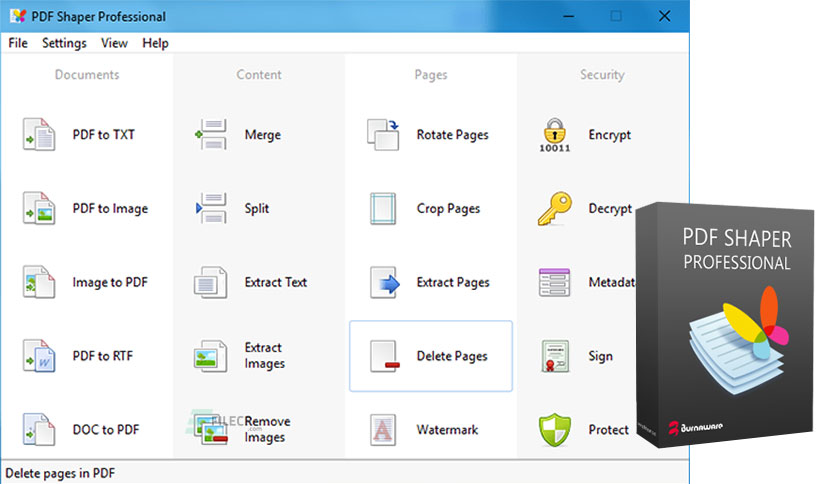

Both require scan field sizes up to 500 x 500 mm² with a typical processing speed around 1m/s and below. Thin sheet welding of bipolar plates has similar requirements to laser powder bed fusion (LPBF) processes. The processing tests demonstrated to shift the speed limit of failure free welding speed from 45 m/min up to 70 m/min. The layout of the utilized beam shaper is the result of a combined optical design, integrating both diffractive optical elements (DOE) and scan system. The necessary beam shape was determined based on welding process simulations. Weld seam failures such as humping effects and undercut occur when a certain speed limit is exceeded.īlackbird Robotersysteme set up a test rig integrating the 2D scan head intelliSCAN from SCANLAB and HOLO/OR’s latest development the Flexishaper, a full range adjustable beam shaper. However, it’s the welding process itself which determines the maximum reachable speed. High welding speeds require fast scan systems and high power lasers, both available. For efficient mass production an increase of throughput in welding of metal bipolar plates, used to build the stacks in a fuel cell, is needed. Due to the transition phase in energy generation and the search for alternative drives, the market demand might grow notably.

Fuel cell technology was considered a niche market for a long time.


 0 kommentar(er)
0 kommentar(er)
